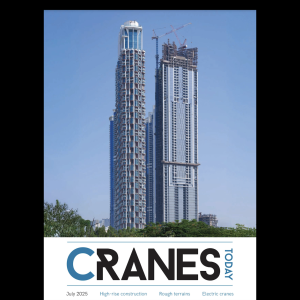Since April 2010, the Notification of Conventional Tower Cranes Regulations 2010 have required all employers responsible for tower crane safety to provide the Health and Safety Executive (HSE) with their names, addresses, the site address of each crane, the date of each crane’s last thorough examination and enough information to identify each individual crane.
These regulations were put into place as a response to a number of fatalities and serious injuries resultant from accidents involving tower cranes in the UK over a number of years.
Responding to requests made by the House of Commons Work and Pensions Select Committee following its inquiry into the work of the HSE, the safety body put forward proposals to create a national database for tower cranes, the crane register, excluding self-erecting tower cranes.
Running costs for the database have so far been higher than expected, and a report written by Professor Ragnar Löfstedt last November—entitled Reclaiming Health and Safety For All—noted that the impact assessment conducted when these regulations were first introduced stated that no direct health and safety benefits were expected as a result of their introduction, just an increase in ‘public assurance’.
Löfstedt went on to say in his opinion other avenues for improving public assurance should be explored, particularly non-regulatory methods, to produce better results.
The impact assessment goes further to suggest revocation of the regulations would not only have no negative effect on health and safety standards, but it would also save £51,000 in overheads incurred by the HSE through running of the crane register used to monitor this information.
In the impact assessment, after reassessment of the estimated costs and benefits of the scheme, it was noted: “There is no evidence that the intended effects are being realised in any significant way—neither in terms of raising safety standards in the use of tower cranes through better targeting—or in providing reassurance to members of the public.
“For example, only three members of the public have asked for information about tower cranes from the Register in that period; costs to both dutyholders and to HSE have been higher than were estimated in the original IA.”






